
COLUMN – Intersex rights: the next fight

 Saturday marks Intersex Awareness Day. In a nod to Stonewall, it commemorates the first public protest by American intersex activists.
Saturday marks Intersex Awareness Day. In a nod to Stonewall, it commemorates the first public protest by American intersex activists.
The event marks a good moment to pause and reflect. In the past year we have achieved the inclusion of “intersex status” in anti-discrimination legislation for the first time, improved access to Medicare and the establishment of federal guidelines for gender recognition.
Federal anti-discrimination legislation authentically recognises intersex as a biological attribute, separate to gender identity and sexual orientation. It recognises that intersex people are born with innate differences of sex characteristics, such as anatomy or chromosomes.
Sex and gender recognition guidelines enable adults to identify gender as F, M or X. This is appropriate. Intersex is not an arbitrary third sex that can be neatly boxed. Intersex people have the same range of sexual orientations and gender identities as non-intersex people.
Sadly, the ACT government’s move to legislate for full marriage equality was scaled back to provide only same sex marriage. Those of us with no sex marker on birth certificates remain ineligible. Personally, I would like to have seen the original ACT Bill’s marriage eligibility criteria tested in the courts.
We hope that States and Territories will improve on federal recognition guidelines and properly give all adults more choice, but this is not our top priority.
Intersex people are regarded by medicine as having ‘Disorders of Sex Development’, the term ensures that sterilisations and unnecessary genital surgeries continue today. This remains our most fundamental concern. Genital surgeries continue in Australia to make infants and children “appear” male or female, despite clinician group APEG acknowledging “particular concern regarding sexual function and sensation”. Clinicians also acknowledge inadequate support for families and individuals.
Victoria is the only State to publish a framework for interventions. It should be commended for doing so, but approved “psychosocial” rationales for surgeries are astounding. They include “reduced opportunities for marriage or intimate relationships” and reduced “capacity to earn an income, risk of social isolation, restrictions or difficulties, for example, caused by embarrassment or social stigma associated with having genitalia that does not match the gender in which the person lives”.
These rationales must come as a surprise to trans activists, and to campaigners against Female Genital Mutilation.
These surgeries must cease; they create shame, stigma and trauma. The report of a Senate Inquiry into involuntary or coerced sterilisation is imminent, and hotly anticipated. Hopefully we’ll be a step closer by the next Intersex Awareness Day.
Morgan Carpenter is the President of Organisation Intersex international (OII) Australia.

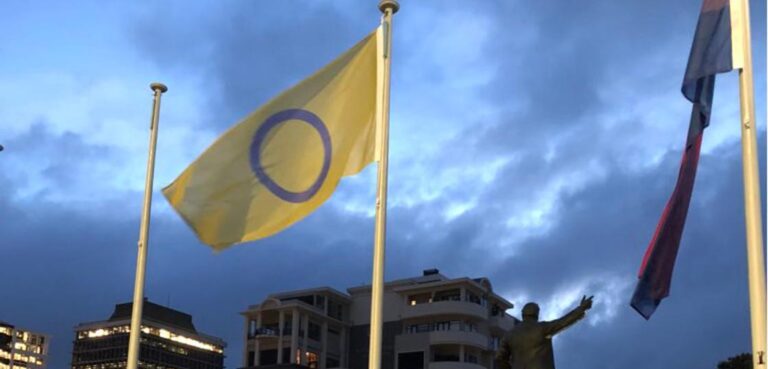
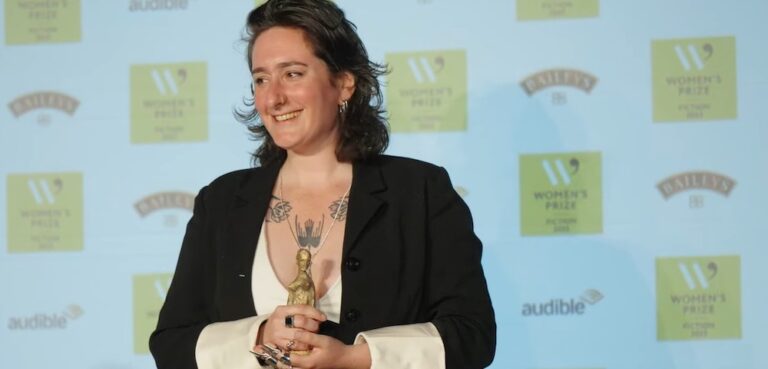
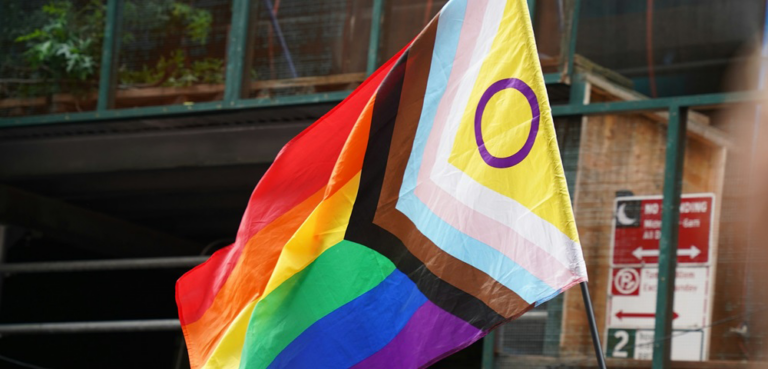
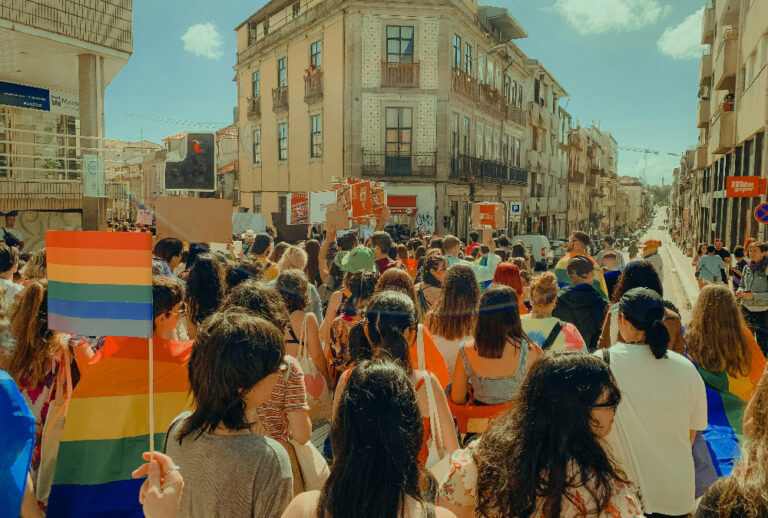




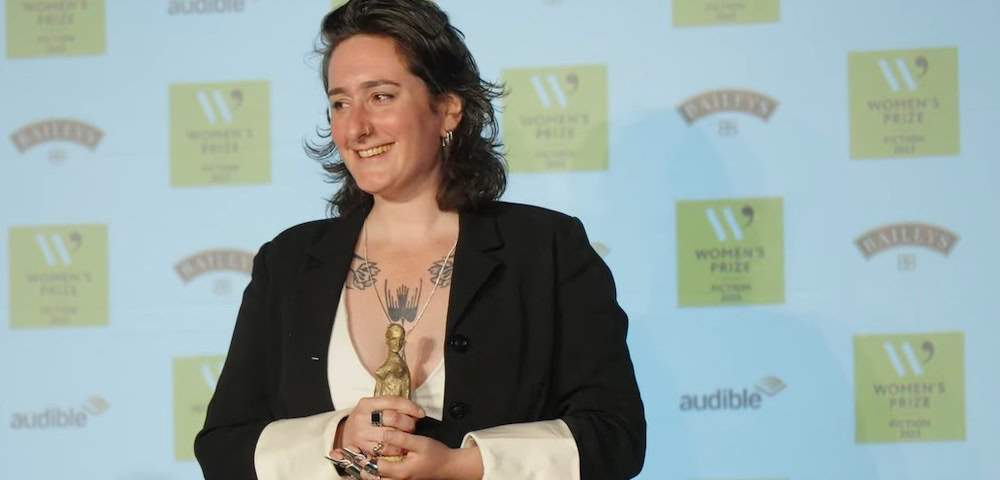

A great article.
The more awareness we all have of intersex people and issues they face the better. I have been blissfully ignorant of many of these issues and by obtaining a better understanding we can all ensure we include anyone in important reforms.
Every time I have to complete a form that asks me to specify my gender and it only allows for F or M I now raise the issue with the Company and ask them to provide a third option. A small but important inclusive step so everyone feels included.